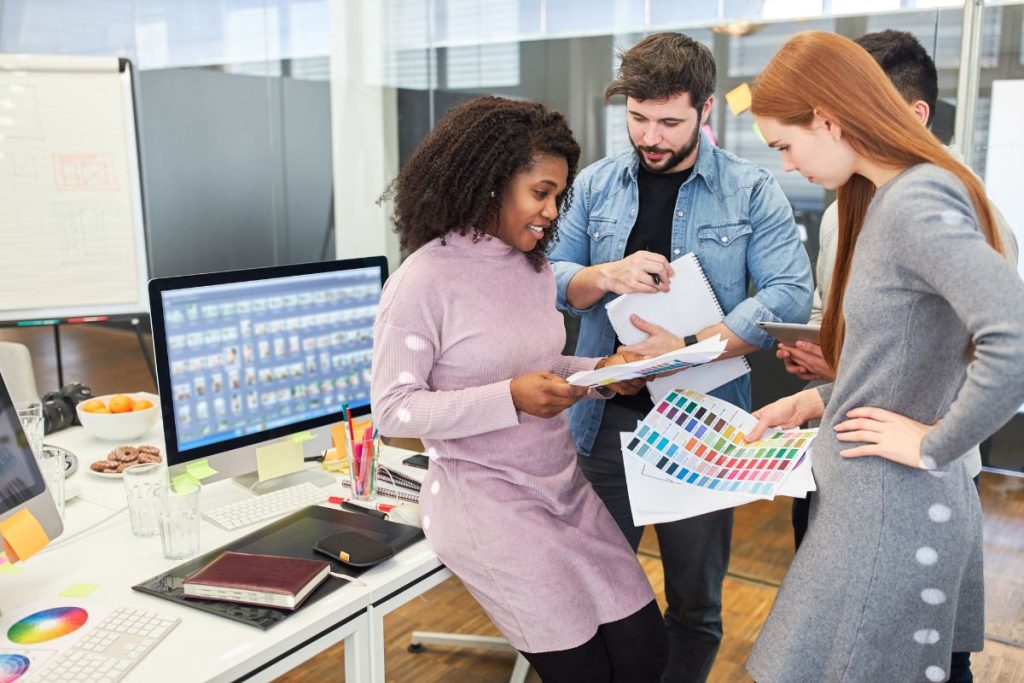
Teaching Methods | Aaron Dungca
The classroom houses different types of students of different abilities, personalities, and skills. And teaching effectiveness is mostly measured by the level of student learning that takes place. Hence, various teaching methods are available today to facilitate the learning process of students.
“As a teacher, your teaching approaches, methods, and strategies are greatly influenced by your education background, philosophies, subject area, and instincts. However, it is important not to also forget to put into consideration the nature of the learner, and class demographics,” Aaron Dungca, who is a renowned educator advises. “A practical range of methods should also be adapted to the various classrooms and circumstances in which we teach. This means there is no single method that is best for everyone and perfect for all contexts”, he adds.
In this article, Aaron Dungca explains more about the various teaching methods every teacher (whether you have been teaching for 3 months or 30 years) needs to have at their disposal. These methods fall into two broad categories which are a teacher and student-centered approach to learning including the use of technology in this age of digitalization.
Table of Contents
Teacher Based Learning
This is the more conventional approach in which the teacher is the main authority figure in the classroom. The students are in a passive, receptive mode receiving information passed across by the teacher. This can be through lecturing or direct instruction.
Student-Based Learning
This is a learner-centered approach that shifts the focus from the teacher to the students. While the teachers still remain the authoritative figure, students as well play an active role in the learning process. In this, the aim is to facilitate the learning and assess the overall comprehension of what is being taught. Examples of this include an inquiry-based approach, presentations.
Technology-Based Learning
With technological advancement, teachers are now embracing technological tools in their teaching practices. Learning can be via electronic technology such as the internet, audio and video conferencing, and satellite broadcasts. Some educators make use of computers, iPads, and tablets in the classroom to aid learning.
Aaron Dungca notes that technology hit an all-time high during the covid 19 pandemics. The lockdown measures and school closures have left schools with no choice but to embrace technology for virtual learning. With students not being in the classroom, technology becomes a game-changer in the educational sector.
Game-Based Learning
This method is an approach where teachers designed explicitly for education purposes for the student to explore the relevant aspect. “Students choose an action, work towards a goal, and experience the consequences of their actions. The purpose is to encourage active learning instead of passive ones,” Aaron Dungca says. Games can also help students to develop soft skills and build an emotional connection to learning and subject matter.
Personalized Learning
In personalized learning, the instructional approach revolves around the needs, interests, abilities, and skills of the students. In this, students must attain a certain level of mastery before moving onto the next topic or material. This increases the chances of each student having the required skills, knowledge, and mindsets required for success. In this, the curriculum and lesson plan are customized based on students’ needs, including what he knows and learns best.
Blended Learning
This is a blend of online learning with traditional classroom-based ones. While some of the learning integrates technology and digital media for online learning instructions, others are conducted in the classroom with instructor-led activities. It also gives students more flexibility in their learning experience as they have control over time, place, and pace. Moreover, teachers take into cognizance each student’s learning style and develop strategies tailor to their needs.
February 22, 2021


















